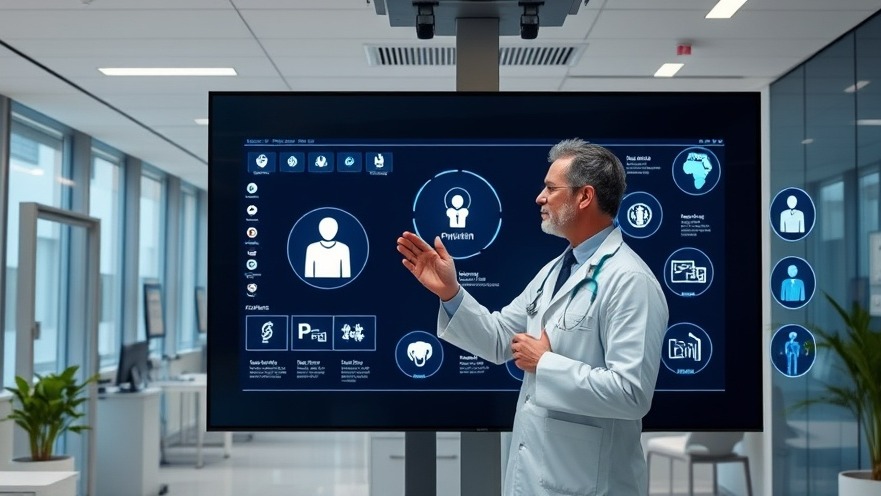
K Health’s AI Physician Mode: A New Era for Primary Care
As healthcare evolves, incorporating cutting-edge technology is vital for staying competitive. One of the most significant shifts in recent years has been the integration of artificial intelligence (AI) in clinical settings. Most recently, K Health, a leader in clinical AI, rolled out its AI Physician Mode on the Mayo Clinic Platform. This new feature promises to streamline the process of patient intake and doctor-patient interactions, a boon for concierge health practitioners looking to enhance their practices.
Streamlining Patient Care with Technology
The AI Physician Mode is designed to serve as a co-pilot for physicians, automating tasks that typically take up valuable time. By integrating with electronic medical records (EMR), K Health improves workflow efficiency and data collection during patient visits. This provides physicians with synthesized charts and potential diagnoses even before the patient walks through the door, allowing them to focus on what truly matters: patient care.
Improving Clinical Decision-Making
The K Health AI platform works by collecting comprehensive patient history through a medical chat, which gathers critical intake information. Then, the provider co-pilot generates a "perfect chart"—a curated version of the patient's history and important clinical data—accessible directly within the physician's EMR. This allows for a more informed and holistic approach to treatment recommendations, effectively enhancing clinical decision-making.
Partnering for Greater Impact
With partnerships that include renowned health systems such as Cedars-Sinai and Hackensack Meridian Health, K Health is not just focused on efficiency but also on improving access to care. These collaborations aim to redefine the landscape of primary care delivery by leveraging shared data across systems and ensuring that best practices are followed universally.
The Future of Concierge Medicine
Concierge health practitioners may find the AI Physician Mode particularly beneficial as it relieves them of routine administrative tasks, allowing more time for meaningful patient interaction. For practitioners feeling overwhelmed by technology, this tool acts as a bridge, providing them with advanced capabilities without the need for extensive tech skills.
Key Infrastructure for Effective AI Adoption
The integration of K Health’s AI at the Mayo Clinic also highlights future opportunities for concierge health practices. By utilizing federated, de-identified global data, K Health validates the solutions it provides through a rigorous qualification process. This ensures accuracy and addresses potential biases, establishing trust in the AI systems being deployed in practice.
Tips for Adopting AI in Your Practice
As concierge practitioners consider adopting AI tools, several helpful strategies can facilitate this transition:
Start Small: Begin with a specific feature—like AI-driven patient intake—and gradually expand your use of AI solutions.
Invest in Training: Ensure that all practitioners and staff understand how to navigate AI tools. This can boost both confidence and effectiveness.
Seek Feedback: Regularly request input from both patients and staff on the technology’s impact, which can help identify areas needing refinement.
Understanding these aspects can empower practitioners to enhance their service levels, ensuring they remain competitive in an increasingly digital age.
Conclusion: The Path Forward for Concierge Health
Incorporating technology like K Health’s AI Physician Mode not only improves practice efficiency but also enhances patient care quality. As healthcare becomes more tech-savvy, maintaining a focus on patient-centered service will continue to be paramount. Embracing these changes will allow concierge practitioners to secure their standing in the community and provide high-quality healthcare in alignment with the ongoing evolution of medical practice. Don't hesitate to explore the possibilities that AI can offer for your practice and consider sharing your experiences with other practitioners.
 Add Row
Add Row  Add
Add 




Write A Comment